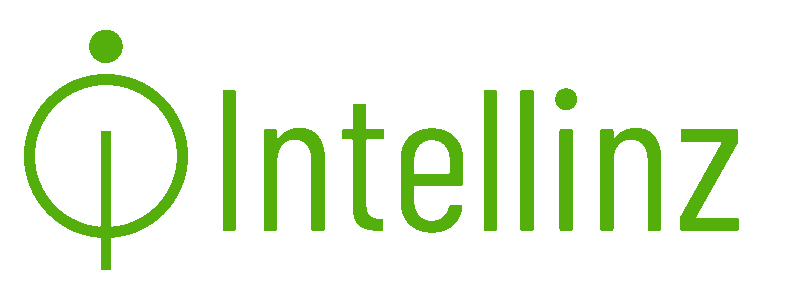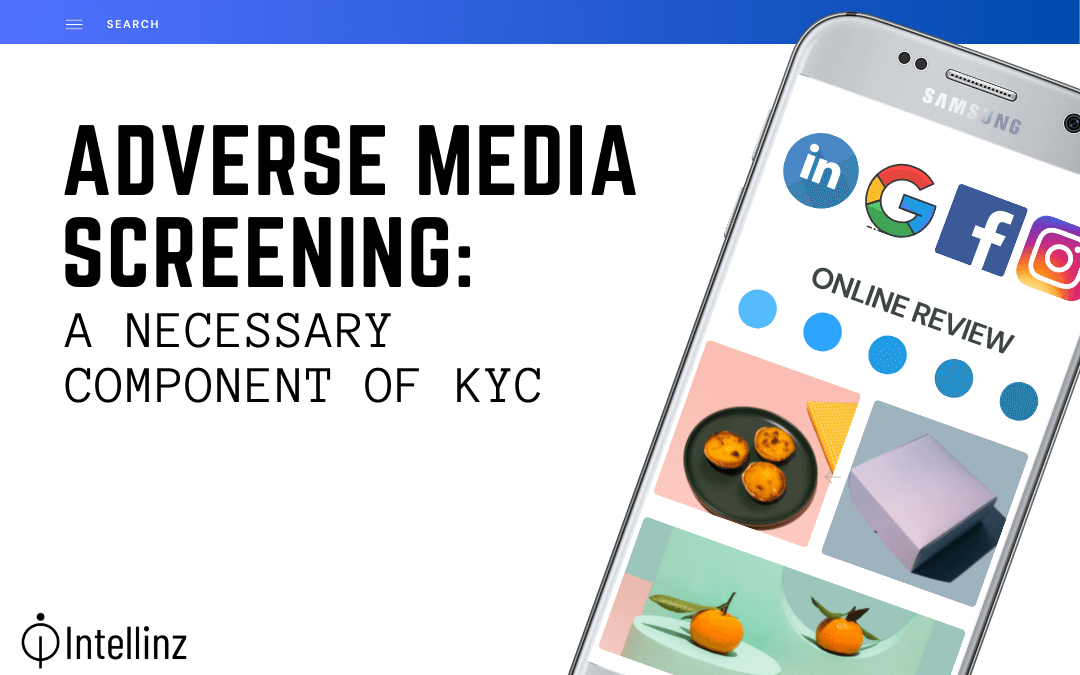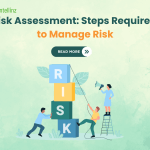Adverse Media Screening: A Necessary Component of KYC.
In highly regulated industries such as the financial sector of Singapore, the need for KYC due diligence on customers has become more important than ever. While no organization with an online presence remains immune to the security challenges brought about by digitization, financial institutions such as tier one banks take the biggest hit. They constantly remain under the radar of cybercriminals that can approach them in any form, often as customers.
This risky online financial landscape of Singapore has given rise to the concept of adverse media screening. Organizations that engage in thorough reputation checks on customers have made this part of their due diligence processes. Let’s study the role of adverse media screening in KYC.
What Is Adverse Media Screening?
Also referred to as negative news screening, adverse media screening is the process of running a reputation check on prospective customers, including individuals and businesses, for unfavorable information or negative news mentions.
Knowing the reality of a person or discovering business reputation makes the decision easier about whether or not you should conduct business with them. It helps you flag a business or individual as a potential risk, and avoid working with them to reduce the chances of future compliance and reputation damages.
Now that you have a basic understanding of adverse media screening, let’s now look into the type of information that constitutes adverse media:
What Type of Information Constitutes Adverse Media?
A robust adverse media screening process will flag all types of negative information such as a historic sanction or a criminal record. Some of these negative information types include:
- Financial crime history
- Fraud accusations
- A history of crimes related to sex, human trafficking or violence
- Any amount of involvement in financing terrorism
- Cybercrime history
- Past or present appearance on a sanctions list
Let’s take a look at some of its sources:
Sources of Adverse Media
A common misconception is that adverse media only covers negative information broadcast on radio and TV or published in local or national newspapers. Everyone knows how media and the way we consume it has changed over the years. The same is reflected in adverse media screening too.
In other words, adverse media screening now involves exploring the unstructured sources too, including social networks, public databases of large global organizations, and online forums. In the case of social media, you need to leverage social listening, which refers to checking and understanding online conversations between customers to know what they’re thinking and feeling about your business and what they plan to do.
Here is a list of sources organizations can now use for adverse media screening:
- Social Media networks such as Twitter, Instagram, Facebook, and LinkedIn
- YouTube
- Local TV channels such as Channel News Asia, and Business Insider Singapore
- Blogs managed by individuals and businesses
- National and local newspapers such as The Financial Times, The Guardian, etc.
- Databases managed by regulatory bodies such as the FATF
Conclusion
After going through this guide, you should have developed an in-depth understanding of what adverse media is, the type of information it constitutes, and where it can be acquired from. If you’re a financial institution looking to set up a strong KYC due diligence process, you must make sure not to omit adverse media screening. To seek professional help in terms of adverse media screening for your customers, reach out to Intellinz.






